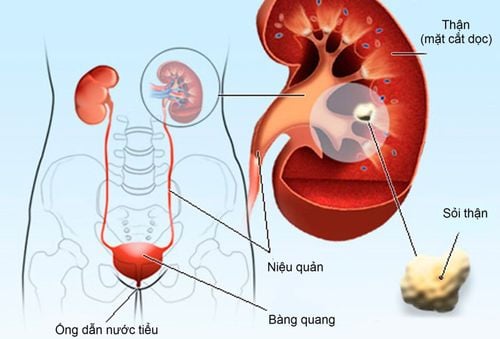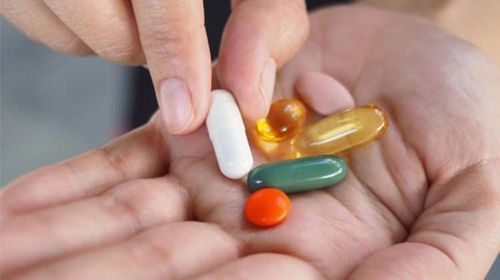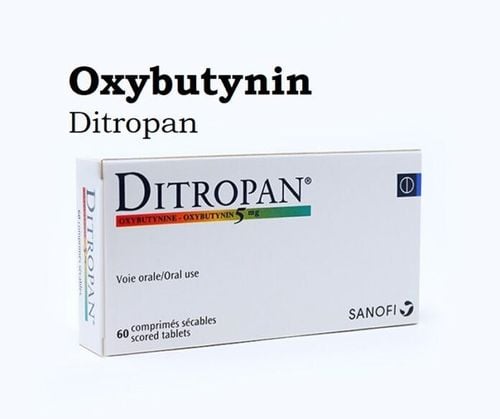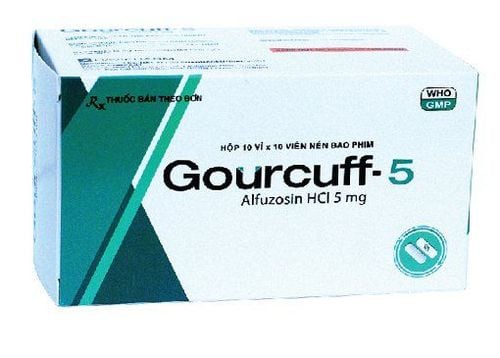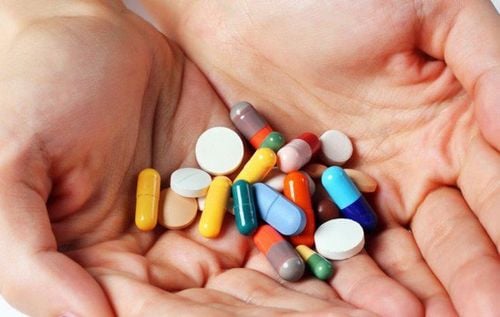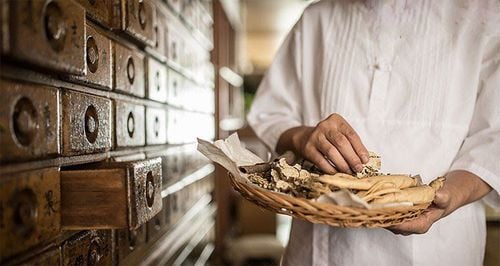This is an automatically translated article.
The article was written by MSc Vu Ngoc Thang - Renal Surgery Doctor - Urology, Department of General Surgery - Vinmec Times City International General Hospital.Vietnamese people encounter mainly inorganic stones, in which calcium oxalate stones account for > 80%, stones often exist in the form of a mixture of chemical components. Without these precautions, the recurrence of a kidney stone is almost impossible to avoid. It is estimated that the risk of recurrence is 30 to 40% at 5 years and 50 to 70% at 10 years. This recurrence is more likely to occur if the disease has started in a young person (before 30-40 years of age).
1. Types of kidney stones
There are two main groups of stones: inorganic stones and organic stones.1.1 Inorganic stones Calcium oxalate stones: common black, thorny, clear contrast. Calcium phosphate stones: pale yellow or dirty white, easy to break. Calcium carbonate stones: white like chalk, soft, fragile. 1.2 Organic gravel Uric acid stone: brick white, possibly non-enhanced, soft and recurrent. Cystine stones: smooth, pale yellow, soft, or recurrent. Struvite stones: (ammonia magnesium-phosphate) white yellow, usually caused by urinary tract infection Proteus bacteria.
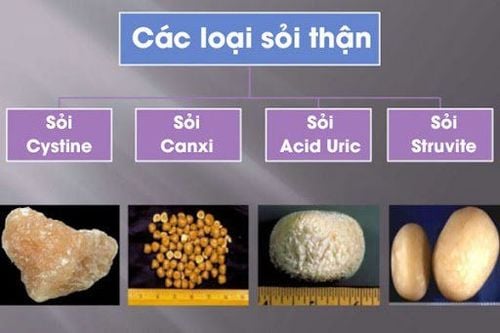
Hình ảnh một số loại sỏi thận thường gặp trên lâm sàng
2. Diet to avoid recurrence of kidney stones
The main risk factors are that our diet today is too high in protein, salt, sugar, fat, soda and too little fruit, vegetables and dairy products. Based on the results of this investigation, the following nutritional guidelines will be discussed and adapted for each patient.Drinking water Abundant intake of drinking water to dilute urine and bring it below the threshold for crystallization of calcium salts is a fundamental principle of prevention of recurrences of urinary stones. The key messages remain that water intake must be > 2 liters to ensure a urine output of 2 liters (volume of urine per day).
When this urine volume is reached, the risk of urine crystallization is reduced. Make sure to drink water regularly throughout the day. It is recommended to drink 1 glass of fresh orange and lemon juice every day from 150-200 ml.
CALCIUM The most common type of kidney stone is calcium oxalate stones, leading many people to believe that they should avoid calcium. However, the truth is that a diet low in calcium can increase the risk of kidney stones and the risk of osteoporosis.
For the best, should take calcium supplements with meals to help limit stone formation. Dairy products are essential to a normal and balanced diet. Should use 1 cup of yogurt, 1 glass of milk 120ml for a day is reasonable.
Food Salt There is a direct link between the occurrence of urinary stones and the consumption of dietary salt. Do not eat too salty, should only use no more than 6g per day. It is difficult to fight salt in food because our diet is very salt-rich. The patients had to "relearn the habit" of eating "low-salt" bland foods.
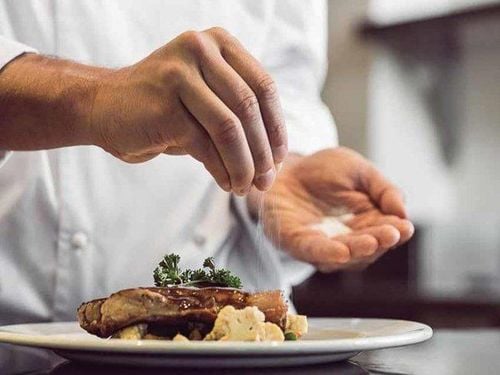
Sự tiêu thụ muối thực phẩm vào bữa ăn quá nhiều có thể gây ảnh hưởng xấu đến thận của người bệnh
Animal proteins As with salt, animal proteins (white and red meat, fish, eggs, pork) increase the occurrence of urinary stones if they are consumed in excess. It is said to be excessive when animal proteins are present in more than one meal per day. To be more specific, if a patient has consumed meat, fish, or eggs for lunch, these foods should not be consumed in the evening.
Some studies in the US - each person basically only needs about 0.8 to 1g of protein per 1 kg of body weight per day to be nutritious. In terms of animal protein, fish is as harmful as meat, in terms of fat, fish is better.
Eat less oxalate-rich foods Finally, some foods that are rich in oxalates are chocolate and dark chocolate (oxalates are contained in cocoa). The same goes for tea (mainly green tea), coffee, radishes, pecans, soy products.
The relationship between diet and risk factors for kidney stones is quite strong, so adjusting to a balanced diet is a good rule of thumb. They are essential, necessary and simple to take to combat the recurrence of urinary tract stones. Long-term stone prevention is difficult where patient's own patience and consistency are most important.
Please dial HOTLINE for more information or register for an appointment HERE. Download MyVinmec app to make appointments faster and to manage your bookings easily.
Reference article:
https://kidneystones.uchicago.edu/kidney-stone-types Matthew Tyson, Nathen Grimes, Laura McAuley, Derek Hennessy, Ajay Pahuja, Michael Young. “Renal and Urteric Stone Composition: A five year retrospective study for Northern Ireland”; Ulster Med J. 2019 Jan;88(1):21-24. Glenn M Preminger, Gary C Curhan. “Evaluation of the adult patient with established nephrolithiasis and treatment if stone composition is unknown”; updated: Apr 25, 2019. U.S. Department of Health and Human Services and U.S. Department of Agriculture. Dietary guidelines for Americans. Eighth Edition. 2015-2020. health.gov/dietaryguidelines/2015/guidelines External link. Published December 2015. Accessed April 18, 2017




